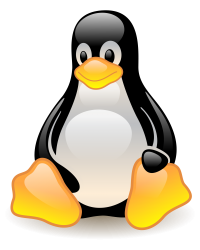Linux is a family of free and open-source software operating systems built around the Linux kernel. Typically, Linux is packaged in a form known as a Linux distribution for both desktop and server use.
Personal computers, mobile devices, embedded devices, servers, mainframes, supercomputers etc. run on Linux now a days. The development of Linux is one of the most prominent examples of free and open-source software collaboration.
In this course you will learn Linux installation, configuration, administration, troubleshooting, command line, OS tools and much more.

At remoteX we train people on Linux. Below is the course insite.
1. Understanding Linux Concepts
2. Creating virtual machine
3. Linux Distributions
4. Installing Linux
5. Linux Desktop (GUI)
6. Linux vs. Windows
7. Accessing Linux system
8. Introduction to File System
9. File system navigation commands
10. Creating Files and Directories
11. Finding Files and Directories (find, locate)
12. Combining and Splitting Files (cat and cut)
13. Soft and Hard Links (ln)
14. Permissions and Ownership
15. Text Processing Commands (cut, sort, grep, awk, uniq, wc)
16. Compress and Un-compress files/directories (tar, gzip, gunzip)
17. vim text editor
18. User account management
19. Sudo access
20. System utility commands (date, uptime, hostname, which, cal, bc etc.)
21. Processes and schedules (systemctl, ps, top, kill, crontab and at)
22. System Monitoring Commands (top, df, dmesg, iostat 1, netstat, free etc.)
23. OS Maintenance Commands (shutdown, reboot, halt, init etc.)
24. Shell Scripting
25. Network Components
26. Network files and commands (ping, ifconfig, netstat, tcpdump, networking config files)
27. System updates and repositories (rpm and yum)
28. Create Local Repository from CD/DVD
29. SSH and Telnet
30. Apache Web Server (http)
31. System run levels
32. Linux Boot Process
33. Disk partition (df, fdisk, etc.)
34. Logical Volume Management (LVM)
35. Extend Disk using LVM
36. Adding Swap Space
